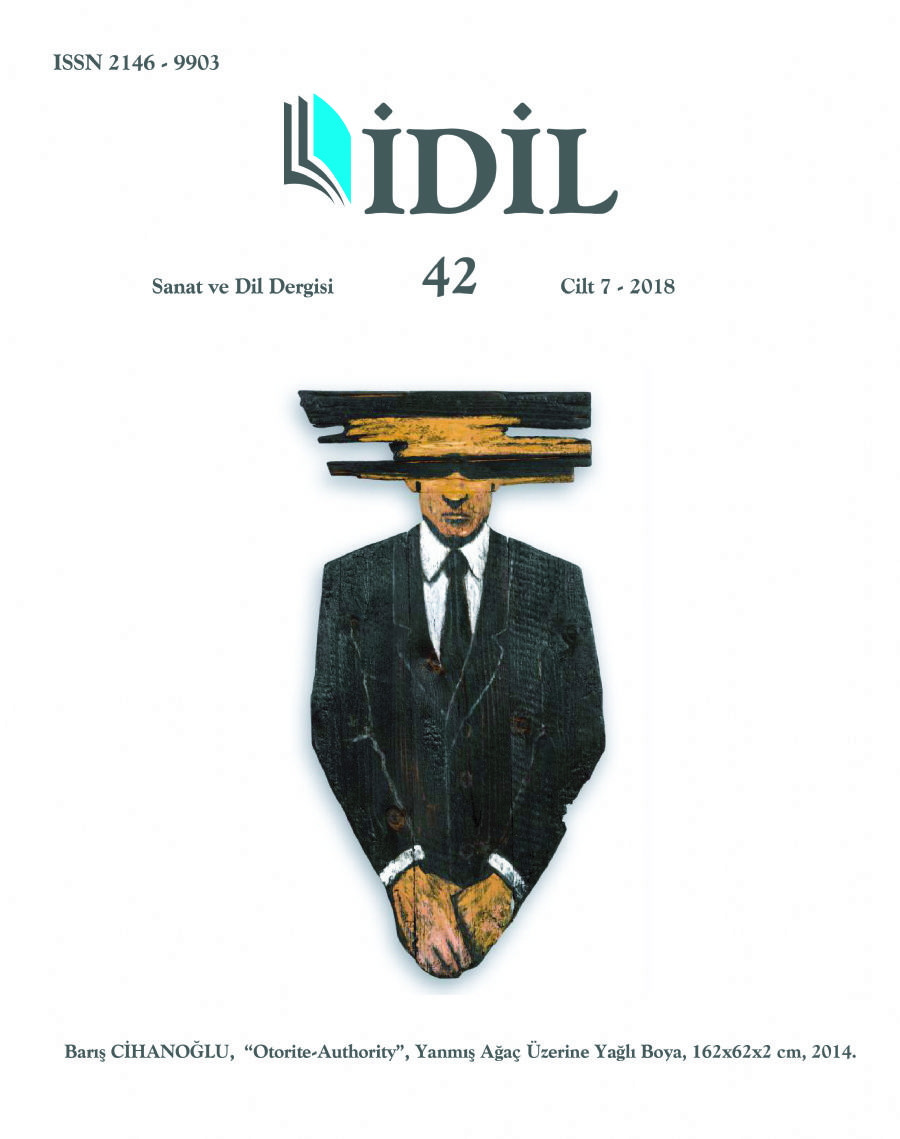AMERIGO VESPUCCI VERSUS CLAUDE LÉVI-STRAUSS: WHO IS THE BEST SEA WORLD ANTHROPOLOGIST?
AMERIGO VESPUCCI VERSUS CLAUDE LÉVI-STRAUSS: WHO IS THE BEST SEA WORLD ANTHROPOLOGIST?
Author(s): Fazıla Derya AgışSubject(s): Anthropology, Environmental interactions
Published by: Sanat ve Dil Araştırmaları Enstitüsü
Keywords: Environmental humanities; ecological history; Amerigo Vespucci; structural anthropology; Claude Lévi-Strauss; South America;
Summary/Abstract: Amerigo Vespucci (1454-1512) wrote letters for depicting his four sea voyages to the Americas, thus ‘the New World’: he talked about the primitiveness of the natives, the animals specific to the region, and the plants that were used as foods or medicines by the natives in his letters to traders, politicians, family members, and navigators. Besides, Claude Lévi-Strauss (1908-2009) talked about different natives from some tropical regions in his work entitled Tristes tropiques (1955; A World on the Wane); moreover, he wrote Le Totémisme aujourd’hui (1962; Totemism) and Mythologiques in four volumes: Le Cru et le cuit (1964; The Raw and the Cooked), Du miel aux cendres (1966; From Honey to Ashes), L’Origine des manières de table (1968; The Origin of Table Manners), and L’Homme nu (1971; The Naked Man). As Vespucci depicted naked natives, their lack of a legal system, cures, totems, and eating habits as well as the status of native women in their societies, just like Lévi-Strauss, he might seem to have influenced Lévi-Strauss and the formation of structural anthropology. Consequently, this paper will compare Vespucci’s sixteenth century popular ethnographic descriptions to Lévi-Strauss’s twentieth century structural anthropological analyses.
Journal: İdil Sanat ve Dil Dergisi
- Issue Year: 7/2018
- Issue No: 42
- Page Range: 137-144
- Page Count: 8
- Language: English

